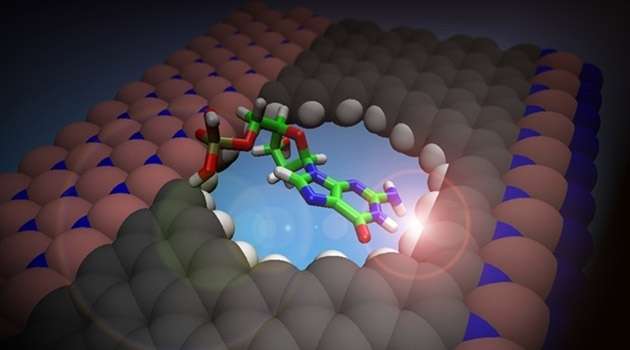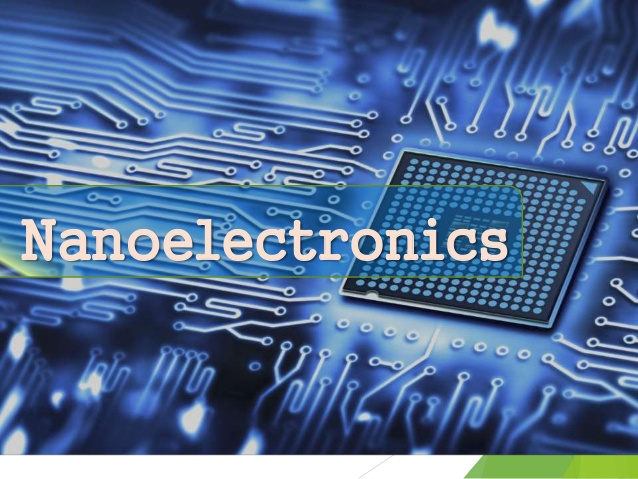🔬 Biological _ Electrical Nanosensors Section
A complete review of the components of liquid nanosensors
Researcher and Author: Dr. ( Afshin Rashid)
Note: The way liquid nanosensors work in the detection process is similar to the human nose; today, liquid nanosensors methods are considered one of the modern and advanced nanoelectronics techniques.
These methods are part of the information acquisition process in which information about the chemical nature of the surrounding environment is provided instantaneously. In this process, an amplified electrical signal is generated as a result of the presence and interaction of a chemical particle with a sensing layer. Therefore, chemical sensing consists of two main and key steps, which are detection and amplification. The device that performs the above process is called an electrochemical nanosensor. Liquid nanosensors are a device that provides direct information about the chemical composition of its environment and presents it to us in the form of an electrical, optical, etc. signal. In Liquid nanosensors, the interaction of absorbed graphene nanoparticle electrons changes the electrical conductivity of the surface of the Liquid nanosensors . The absorption of a small amount of nanoelectrons with very low molecular motion changes the resistance of the Liquid nanosensors, which is proportional to the concentration in the Liquid nanosensors .
Liquid nanosensors design , which has eight chemically distinct subregions. The electronic properties of carbon nanotubes are highly sensitive to the chemical environment surrounding the nanotubes. This sensitivity is a suitable tool for using nanotubes in the liquid nanosensors . The fabrication of liquid nanosensors in p-scanned SiNWs channels based on nanoelectronics has also undergone a huge transformation in medical and biological research, and the technology of manufacturing biosensors and the knowledge of nanometric production of these devices has expanded day by day. These sensors liquid nanosensors in p-scanned SiNWs channelsin their structure and are divided into two categories: nanoelectrochemical and nanobiological.
Conclusion:
The way liquid nanosensors work in the detection process is similar to the human nose; today, liquid nanosensors are considered one of the modern and advanced nanoelectronics techniques.
Researcher and Author: Dr. ( Afshin Rashid)
Specialized PhD in Nano-Microelectronics




